-

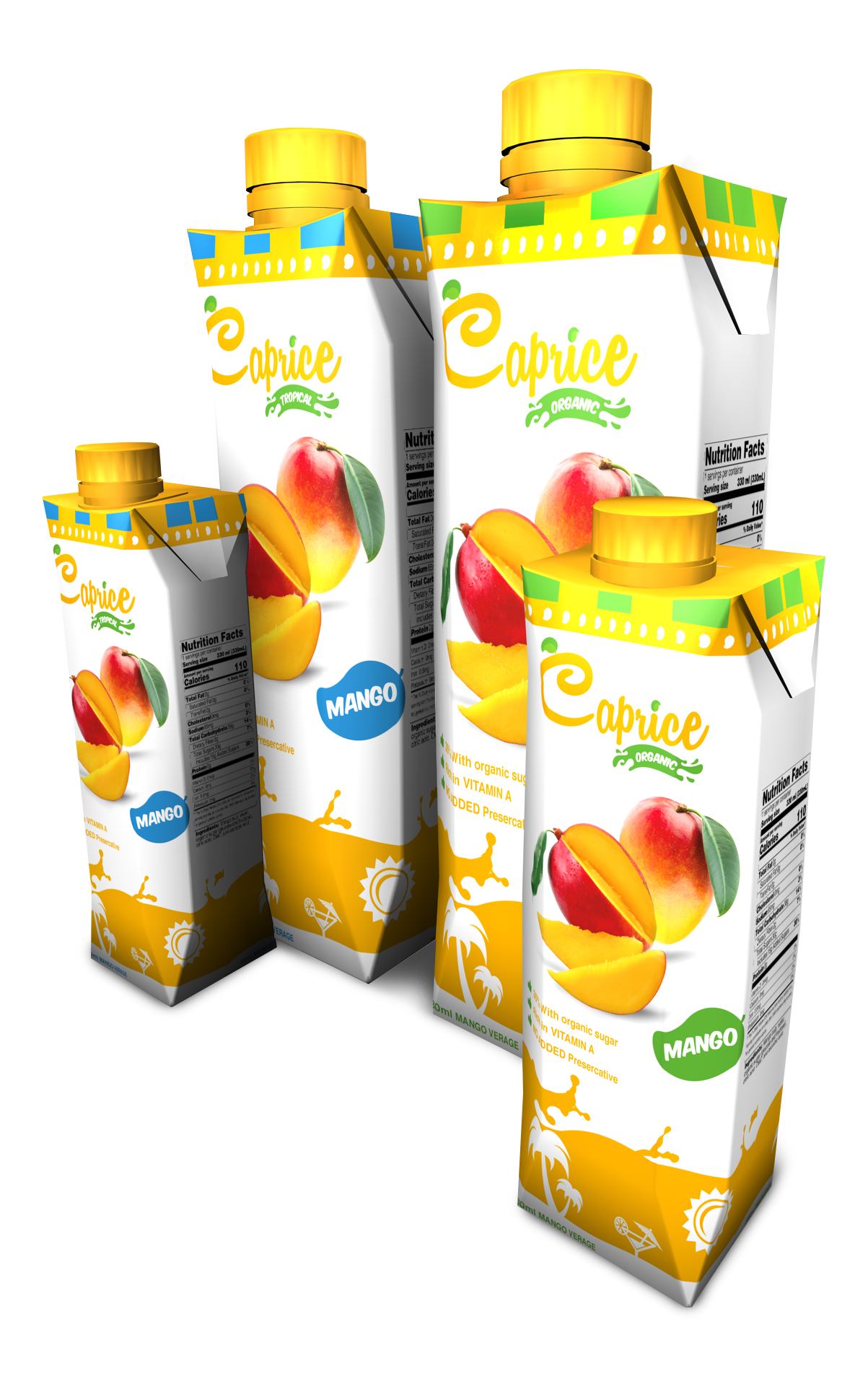
Mango nectar
100% organicRich in VITAMIN A

NO ADDED Preservatives


35% of pure fruit
-

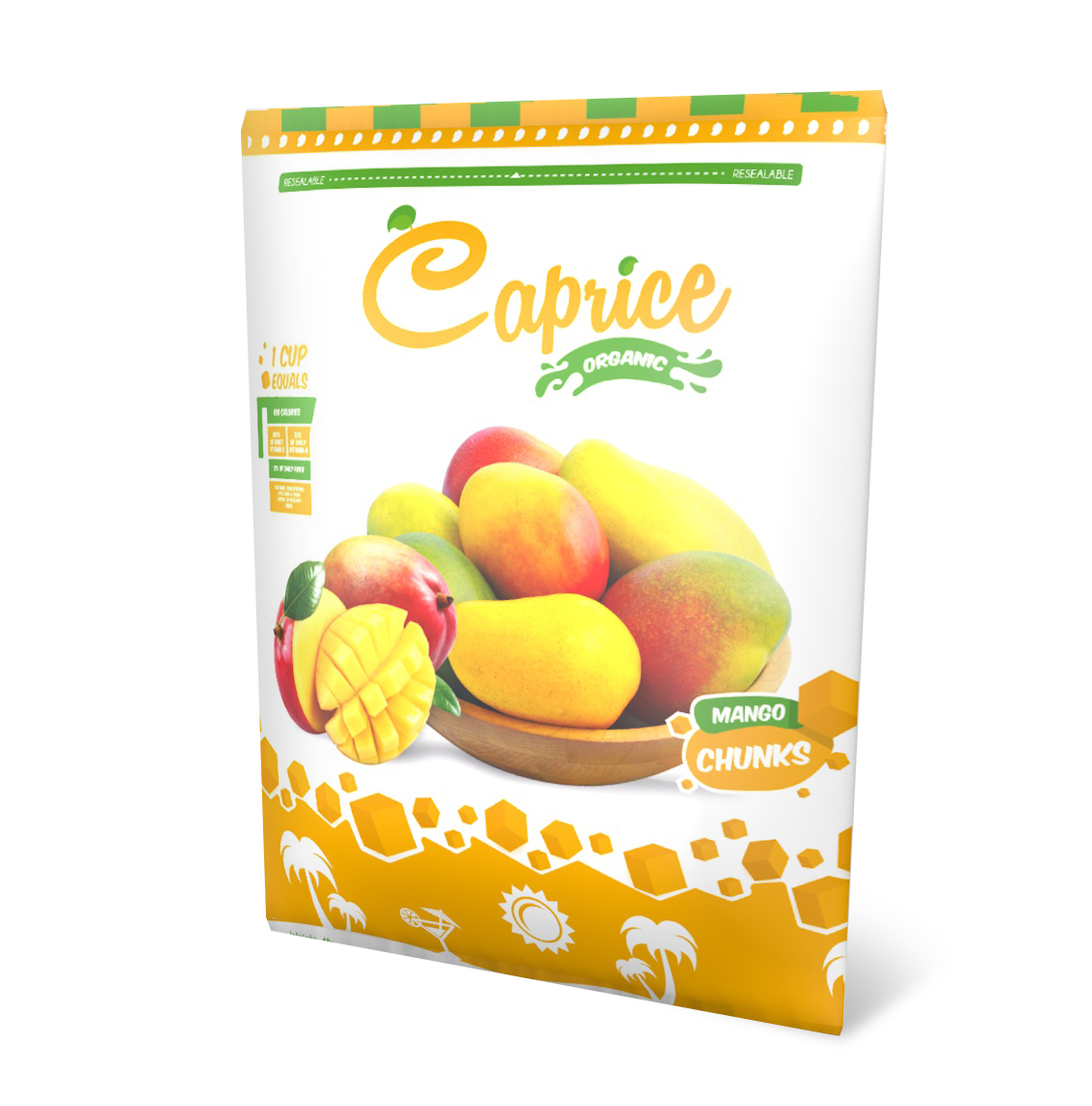
Great for
Smoothies
& snacking!High in vitamin C

Just as nutritious as fresh fruit

Good source of fiber

-

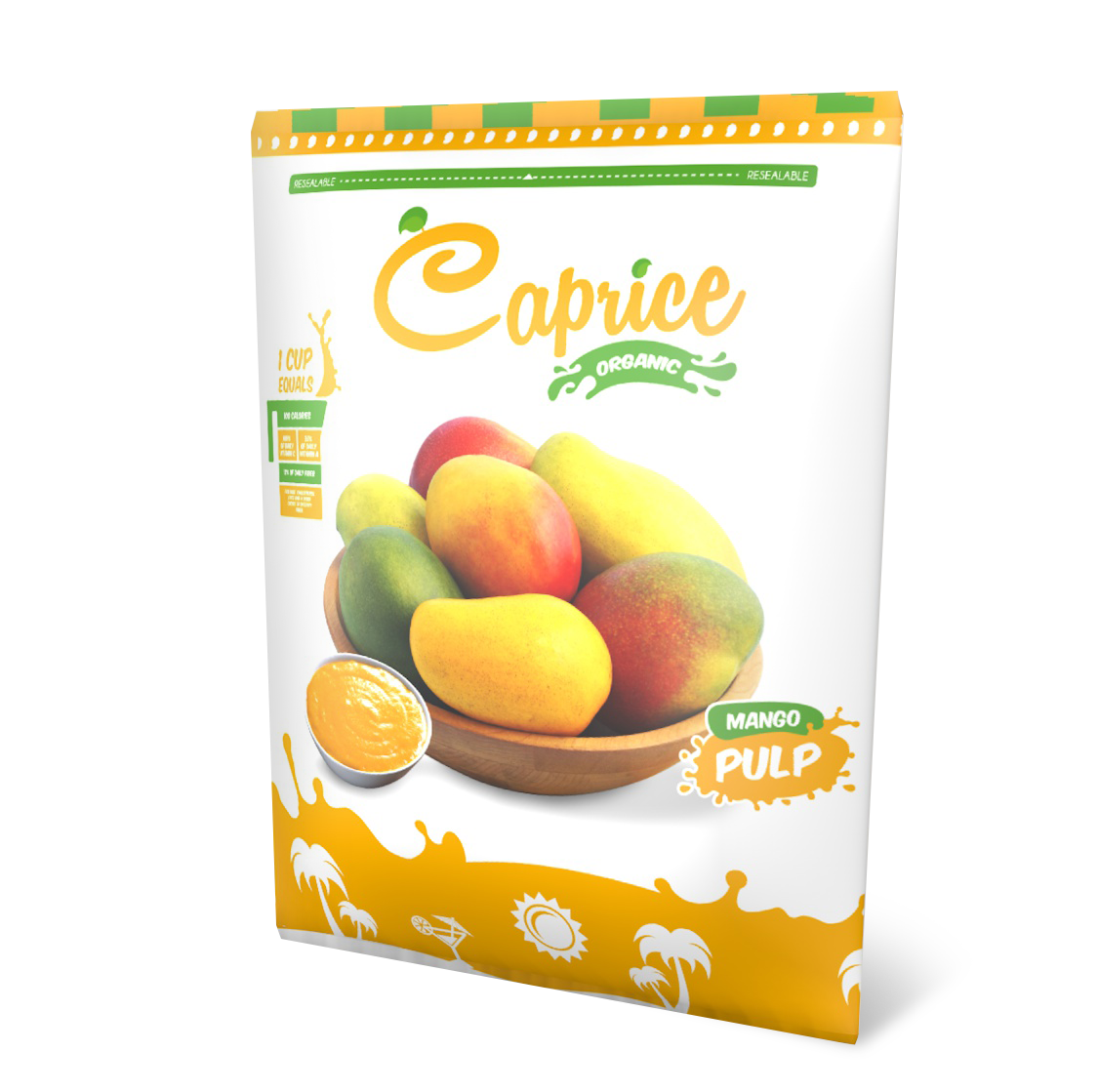
Vegan
friendlyGluten free

Sun-ripened from Dominican organic farm

Organically grown

Mango's Nutritionalbreakdown per 100g
60 calories
0.82 gram protein
0.38 grams fat
15 grams of carbohydrate
Copper, calcium, and iron
11% of folate
44% of the daily need for vitamin C
25% of vitamin A
9% of vitamin B6
4% of vitamin K and potassium
Mango'sbenefits
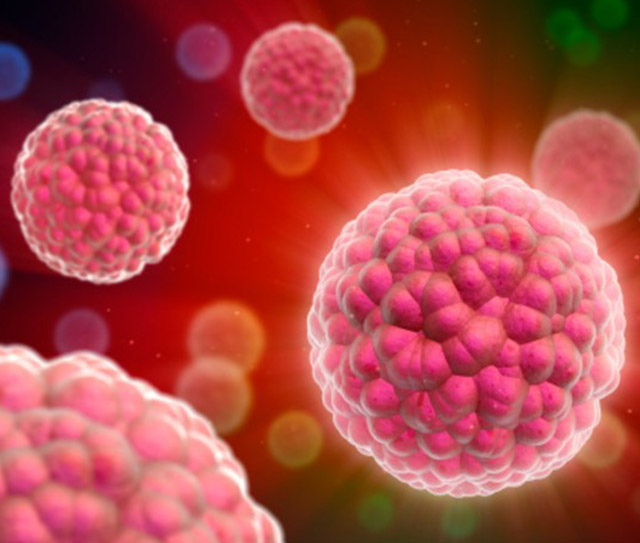

Mangos have high amounts of pectin, a soluble dietary fiber that efficiently contributes to lower cholesterol levels in the blood. Pectin can also help prevent you from developing prostate cancer. Recently, studies at The Institute for Food Research discovered that a compound within pectin combines with galectin 3 (a protein playing significant role in all the stages of cancer). The European Prospective Investigation of Cancer also has come up with a strong association between eating mango and lowering the risk of cancers of the gastrointestinal tract


Mangos are very low in saturated fat, cholesterol and sodium. They are also an excellent source of dietary fiber and vitamin B6, as well as a good source of vitamin A and vitamin C. They are rich in minerals like potassium, magnesium and copper, and they are one of the best sources of quercetin, betacarotene, and astragalin. These powerful antioxidants have the power to neutralize free radicals throughout the body. Ailments like heart disease, premature aging, cancer and degenerative diseases are due to these free radicals that damage the cells.
In China, mangos are sweet and sour and offer a cooling sensation. The tonic made from mangos in Chinese herbal medicine is known as yin tonic, and it is used to treat bleeding gums, anemia, cough, constipation, nausea, fever, sea sickness and as a cure for weak digestion.
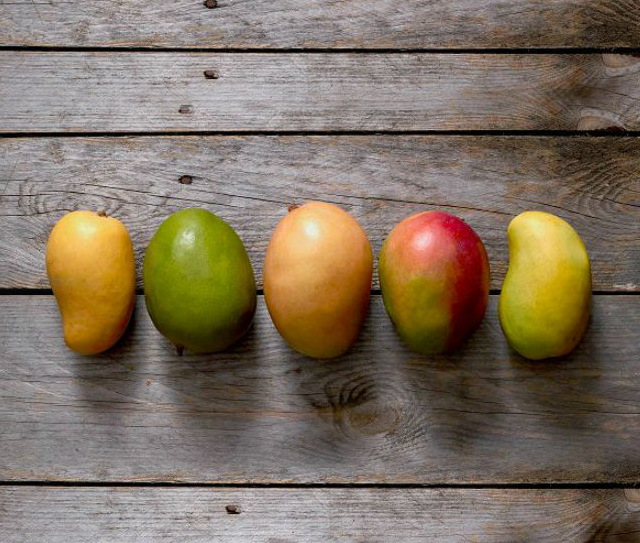

Mangos are found in two varieties, one from India and the other from the Philippines and Southeast Asia. Indian mangos have a bright yellow or red color, while the Philippines species has a pale green color. The mango plant requires a frost-free climate, because the flowers and fruits will be damaged if the temperatures drop below 40° F. The fruits are favored in warm, dry weather.
Mango trees create a scenic landscape and grow up to 65 feet. They are also known for their longevity; some specimens are known to live for more than 300 years and continue to bear fruit. The leaves of mango trees are usually pale green in color, which darkens as they grow and increase in height. The young leaves are usually red in color. The flowers appear on a mango tree at the branch terminals. The reddish flowers are found in dense panicles of up to 2,000 tiny flowers. These flowers emit a volatile substance that may be an allergen to some people and potentially cause respiratory trouble.
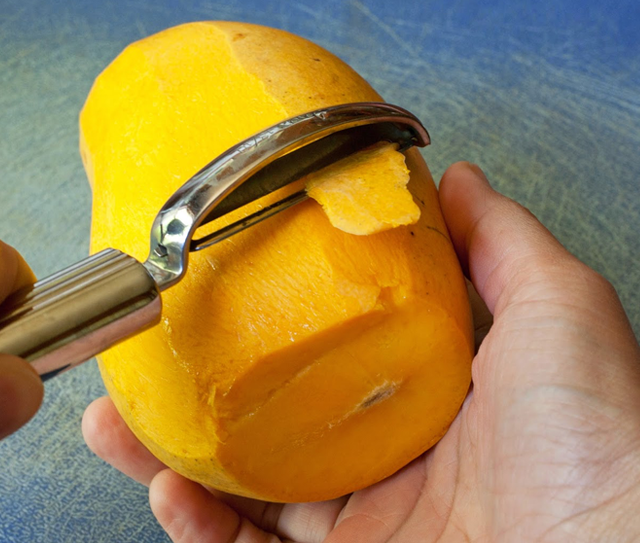

It is possible to suffer from mango allergies. Some people can be sensitive to mangos, since they belong to the Anacardiaceae family and are therefore a distant relative of poison ivy. Mangos contain a small amount of a substance called urushinol, which is a toxic resin that can cause dermatitis. The severity of this skin allergy varies between individuals. However, the peel and juice of mangos are more responsible for this allergy, while the flesh of the fruit has a relatively low chance of inducing this allergic reaction.
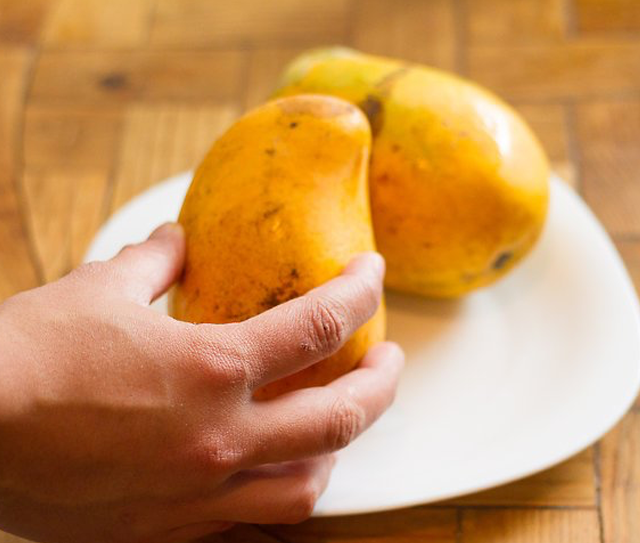

Some varieties of mangos do not turn red, orange or yellow. If you prefer to buy these alternative green varieties, try to look for other signs of ripeness like a sweet aroma. Green mangos are popular in many dishes from Thailand, India, and Malaysia. In Indian markets, you will find dried green mangos that are processed into mango powder or amchoor/amchur, which is a very popular East Indian seasoning.
The ripe mangos should give slightly to light pressure from the fingertip and you should see a slight depression on the surface. Even if you buy them unripe, keep the mangos in a paper bag in a warm place; they will ripen within two days. If you keep the unripe mangos at room temperature, it may take them up to 1 week to fully ripen.
You will be able to recognize fresh mangos by their size; they should be about 4 inches in length while the weight can range from 9 ounces to 4 pounds. The larger the fruit, the higher the fruit-to-seed ratio. The peak season is from May through September, but there are many markets that import mangos from warm climates year-round.
You can store ripe mangos in the refrigerator for about 2 weeks, or they can be dried, frozen, cooked in syrup or puréed. In the commercial market, you can buy them in canned, fresh, and dried forms. If you buy dry mangos, be sure to rehydrate them in warm water for about four hours before adding them to your recipe.
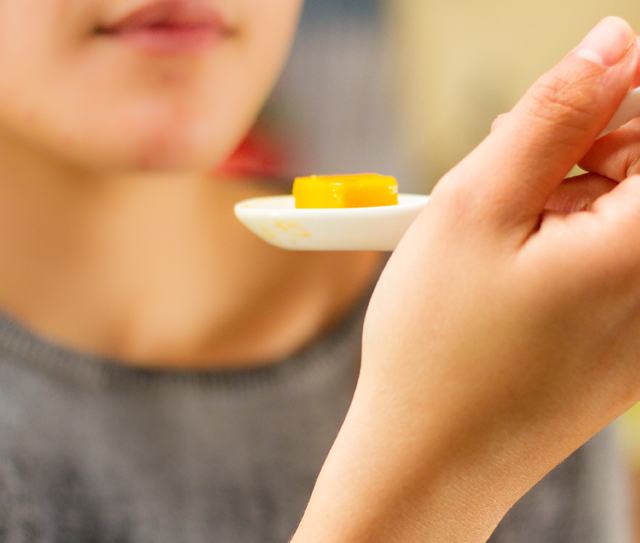

Further research is still ongoing, but some studies have already revealed that mangos are a great natural remedy for diabetes. It was a long-told myth that diabetic patients should avoid mangos because of its sweet taste; now it is being shown that other than the fruit, the mango leaves are also helpful in curing diabetes. Place 10 or 15 mango leaves in warm water and close it with a lid before going to bed. In the morning, drink the water on an empty stomach after filtering the leaves. Regular practice of this method has shown positive results for diabetic patients in the management of their blood sugar levels.
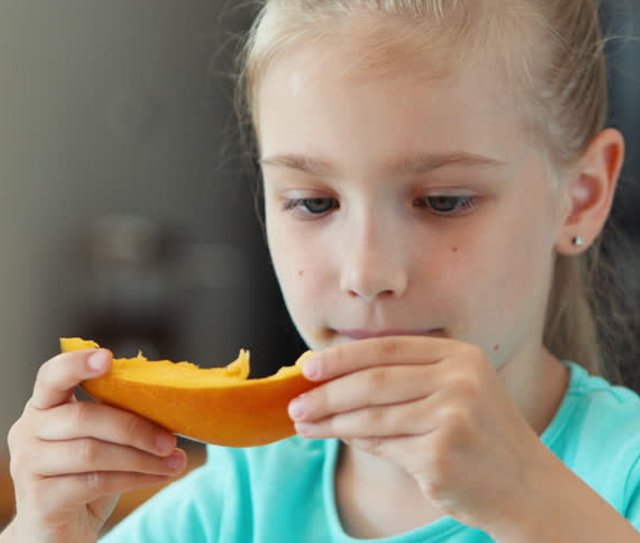

Mangos play a prominent role in eliminating problems such as indigestion and excess acidity. The digestive enzymes in mangos help to promote natural, efficient digestion. The bioactive ingredients in mangos like esters, terpenes and aldehydes contribute in enhancing appetite and also improve the function of the digestive system.


Perhaps you are surprised to know that mangos are closely related to skin health. Other than bringing a healthy glow to your face, they also help to lighten skin color. You can easily enhance your beauty by including this tasty fruit in your diet on a regular basis.
Mangos effectively treat acne by opening the clogged pores of the skin. Once these pores are opened, acne formation will eventually stop. Unclogging the pores of the skin is the most effective way to eliminate acne. To enjoy this benefit, there is no need to eat them every day; you need to remove the pulp and apply it on the skin for around 10 minutes, then rinse it off.
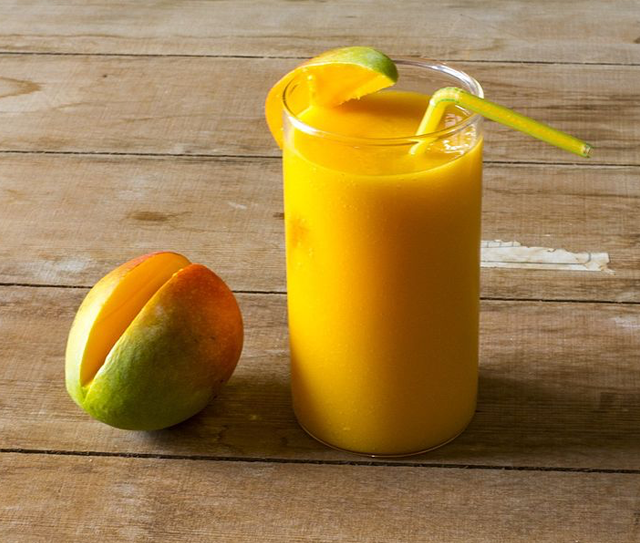

Mangos are rich in iron, which makes them beneficial for people suffering from anemia. A regular, moderated intake can help eliminate anemia by increasing the red blood cell count in the body.


Mangos have an impressive vitamin content that assures overall health. They are rich in potassium (4% in 156 mg) and magnesium (2% in 9 mg), and mangos are great natural remedies for high blood pressure patients. They also contain selenium, calcium, iron and phosphorus. They are said to be vitamin powerhouses as they are rich in riboflavin, vitamin B6, vitamin A, vitamin C, vitamin E, vitamin K, niacin, folate, thiamin and panthothenic acid. These components help you to avoid a host of diseases that can come from deficiencies of these vitamins and minerals. The vitamin E content in mangos can even help to boost your sex life by triggering the activity of your sex hormones.
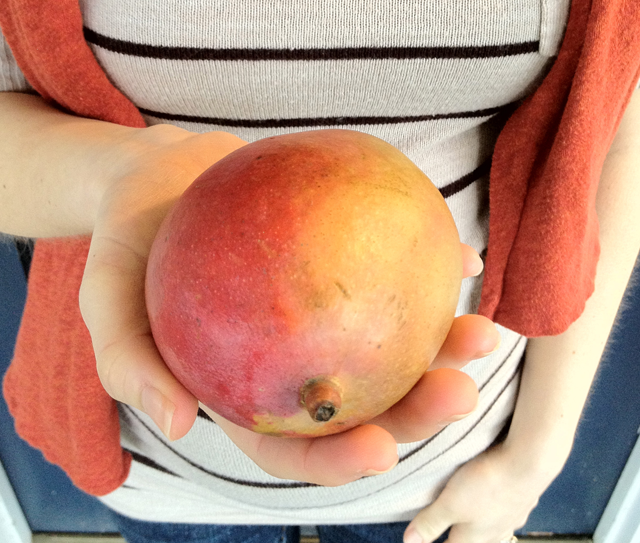

Mangos are also very beneficial for pregnant woman, since the iron requirements during pregnant is extremely essential. Doctors often prescribe iron tablets during pregnancy, but instead of supplementation, you can enjoy a healthy iron-rich diet with juicy mangos. The taste buds during pregnancy usually lose some of their sensitivity, so mangos will surely prove to be the delight of your day, for more than just its health benefits.
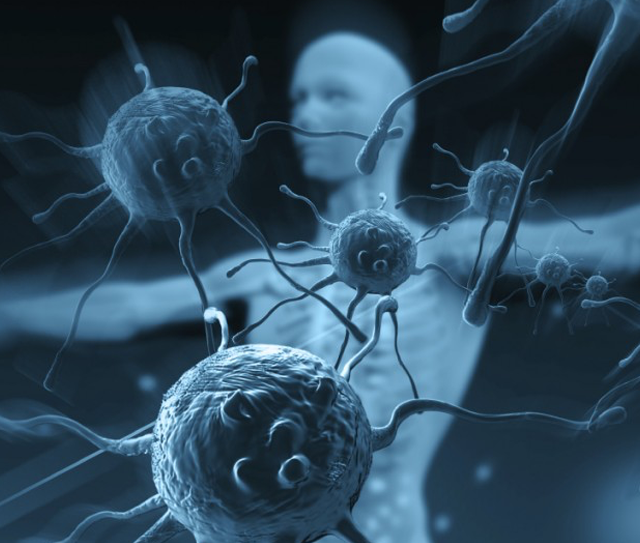

As mentioned earlier, similar to carrots, mangos are rich in beta-carotene, a powerful carotenoid. This element of mango helps in to enhance the immune system of the body and make it impervious to bacteria and toxins. Excess beta-carotene is also transformed into vitamin A inside the body. Vitamin A is another antioxidant vitamin and gives you additional protection against the free radicals that can harm your internal systems. Thus, mangos are great choice for food items to add into your regular diet. They not only increase your chances of living a disease-free life, but is also a pleasure to eat due to its magnificent taste.


Mangos have abundant quantities of vitamin B6, which is vital for maintaining and improving the brain’s function. These vitamins aid in the amalgamation of the major neurotransmitters that contributes in determining mood and the modification of sleeping patterns. They naturally provide significant quantities of this vitamin. With mangos as a part of your diet, you can be assured of a healthy brain and effective nerve functioning. You will also be avoiding medicinal supplements, which have a long list of possible side effects. The Glutamine acid content in mangos also improves concentration and the power of your memory.
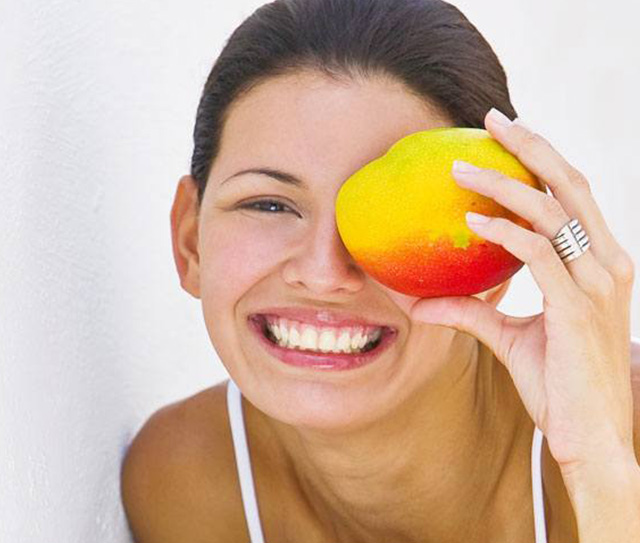

Mango consumption is one of the easiest ways to gain weight. 150g of mango has around 86 calories, which can be absorbed easily by the body. Moreover, they contain starch, which transforms into sugar that aids in gaining weight. Some people work hard to put on weight for a variety of reasons, and mango should definitely be a part of their diet. Mango milkshakes will accelerate the process of gaining weight since they also contain milk, and are notoriously delicious!


Mangos contain high amounts of vitamin A and vitamin C, which both help to produce collagen proteins inside the body. Collagen helps to protect blood vessels and the body’s connective tissues, thereby slowing down the skin’s natural aging process. Therefore, mangos can rightly be called an anti-aging food. Dietary supplementation is the best way to restore your youth in a natural and delicious way.
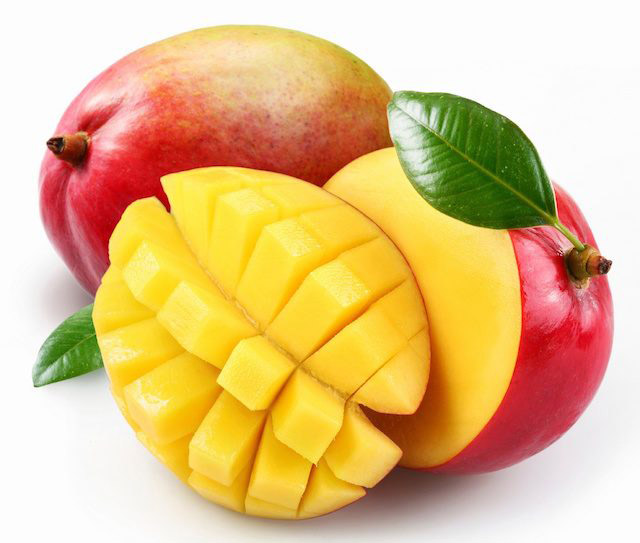

Mangos belong to the same family as that of pistachios, gandaria, mombin and cashews. Some common names for mango are mangot, manga, and mangou, depending on the region or nation. It originated in southern Asia, more specifically in Burma and eastern India, almost 4,000 years ago. Many stories in Indian mythology include the mention of the mango plant, and Lord Buddha is said to have often meditated in a mango grove. Mango cultivation first spread to Malaysia, eastern Asia and eastern Africa and was finally introduced to California around 1880. They were introduced to Africa and Brazil by Portuguese explorers, while mango cultivation started in Hawaii and Florida around the 19th century.
According to Indian beliefs, mangos symbolize life (it is the national fruit of India) and is used in almost every sacred ritual. Mango leaves are almost always used for festivals and wedding decorations. ‘Chutney’ made from Indian mangos is the original chutney and has become universally popular. Today, India remains the world’s major producer of mangos, but Thailand, China, Brazil and Mexico also cultivate this highly beneficial fruit.
Mango'srecipes
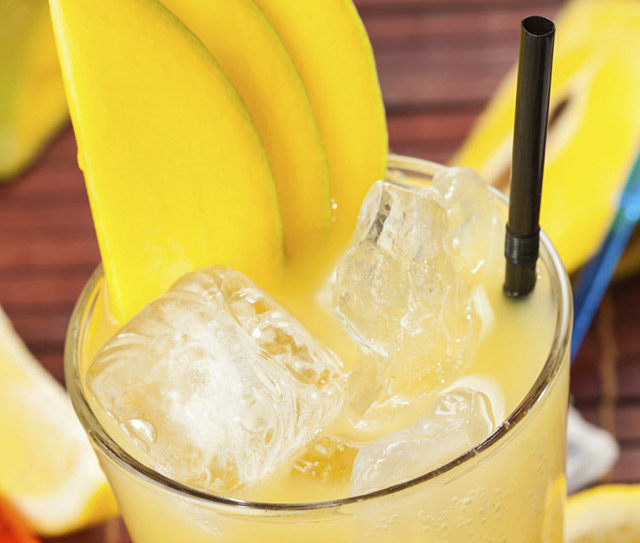

INGREDIENTS
1 Honey mango, peeled, pitted, and chopped (about 1 1/2 cups)
3/4 cup sugar
4 cups water
1 cup freshly squeezed lemon juice
1 teaspoon bitters, such as Angostura
INSTRUCTIONS
In a blender, blend the mango, 1/4 cup of the sugar, and a splash of water until smooth. This will make the purée for the lemonade. In a pitcher, combine the water, lemon juice, bitters, and the remaining 1/2 cup sugar. Stir until the sugar dissolves. Mix in the puree. Serve over ice in tall glasses.
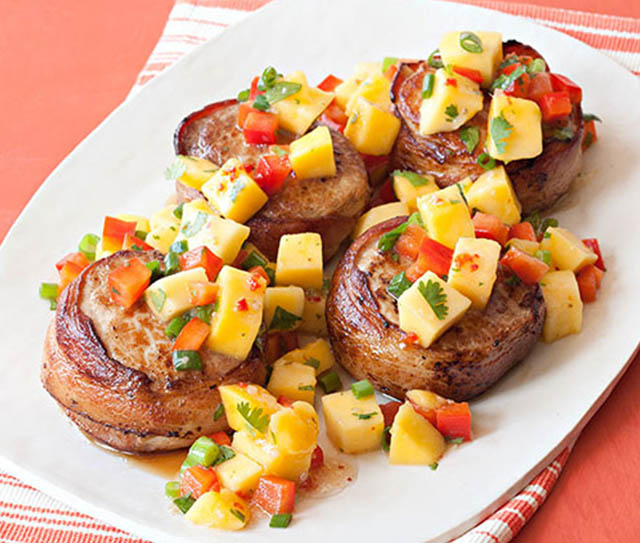

INGREDIENTS
2 large, ripe mangos, peeled, pitted and diced
1/4 cup minced red onion
1/4 cup minced red bell pepper
1 teaspoon chopped fresh mint
3/4 cup chopped, toasted almonds, divided
2 tablespoons brown sugar
1 teaspoon ground cumin
1 teaspoon ground coriander
1 tablespoon red wine vinegar
1/4 teaspoon cinnamon
1 1/2 tablespoons extra virgin olive oil
2 pounds pork tenderloin
Sea Salt and freshly ground pepper to taste
INSTRUCTIONS
For the relish, stir together mangos, onion, bell pepper, vinegar, mint and salt and pepper in a medium bowl; cover and refrigerate until ready to serve. To prepare pork on grill, finely chop 1/2 cup almonds and stir in brown sugar and seasonings. Brush pork with oil then season with salt and pepper; roll in almond mixture, pressing into the surface. Transfer to a piece of heavy-duty foil and press any remaining nuts onto the top. Grill over medium heat, turning occasionally to brown each side, for 35 to 40 minutes or until the internal temperature reads 160°F on a meat thermometer. Let stand for 5 minutes before slicing. To prepare pork in oven, adjust oven rack to middle position and heat oven to 450 degrees. For the pork, finely chop 1/2 cup almonds. Stir in brown sugar, cumin, coriander and cinnamon, transfer almond mixture to baking sheet. Brush pork with 1 1/2 tablespoons oil then season with salt and pepper; roll in almond mixture, pressing into the surface. Lightly spray pork with olive oil spray. Cook pork on foil-lined baking sheet until exterior is golden brown and meat reaches 160 degrees, 35 to 40 minutes, turning pork halfway through cooking. Let stand for 5 minutes before slicing. To assemble, top sliced pork with mango relish and toasted almonds. Serving tips: Place pork on bed of arugula lightly dressed with olive oil, vinegar and salt and pepper to taste.
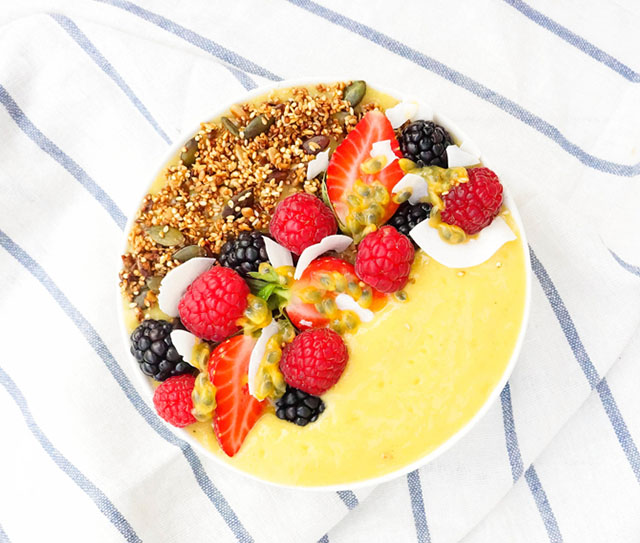

Ingredients
- 1/2 banana Double the amount of banana, frozen mango
- 1 squirt milk
- 2 full spoonfuls of Greek yogurt or whipped cheese
- 1 tablespoon agave syrup or honey Whatever you want for above
Steps
1. Beat everything in the blender glass (yogurt texture) and toss it in a bowl
2. Decorate with dried fruits, fruit, oatmeal, grated coconut, biscuit ... whatever we want! And to enjoy!
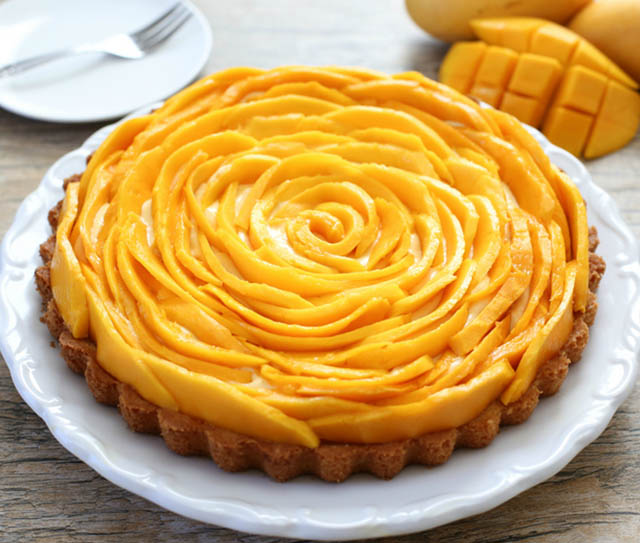

INGREDIENTS
6 large eggs, room temperature
1 cup granulated sugar
1 cup all-purpose flour
½ tsp baking powder
1 lb or 2 medium fresh mangos, peeled and thinly sliced into strips
1 lb or 2 medium fresh mangos (1½ cups puréed )
1 to 4 Tbsp sugar
16 oz cream cheese (2 packages), softened
1 cup (16 Tbsp) unsalted butter, softened
2½ cups powdered sugar
2 tsp vanilla extract
INSTRUCTIONS
1-Pre-heat oven to 350˚F. Line the bottoms of two 9″ cake pans with parchment (do not grease pans).
2-In the bowl of a stand mixer fitted with whisk attachment, beat 6 eggs on high speed 1 min until foamy. Gradually add 1 cup sugar then continue beating on high for 8 min. It will be whipped and forming thick ribbons when you pull up the whisk.
3-In a separate bowl, whisk together 1 cup flour and ½ tsp baking powder. Sift flour into batter 1/3 at a time, folding between each addition. Fold just until no flour streaks remain, scraping the bottom to catch any hidden pockets of flour. Divide evenly between prepared cake pans and bake at 350˚F for 23-28 min. Tops should be golden brown and spring back when poked slightly.
4-Run a knife or thin spatula around edges to loosen and invert onto wire rack. Peel back parchment paper right away. Place
5-cakes right side up and cool to room temperature before cutting in half.
In the bowl of a stand mixer fitted with whisk attachment, combine 16 oz cream cheese, 1 cup butter, 2½ cups powdered sugar and 2 tsp vanilla. Beat on low to combine then increase to high and beat 5-6 minutes, scraping down the bowl as needed. Frosting should be whipped, soft and spreadable.6-Transfer 1 cup frosting to piping bag fitted with large open star tip and refrigerate until ready to use for the topping.
7-Place the first sliced cake layer on a platter and spread with ½ cup mango purée. On the second cake layer, spread ½ cup frosting and place it frosting-side-down on the first layer so the cream and mango are hugging. Repeat with remaining layers then cover top and sides with remaining frosting.
8-Pipe reserved frosting around the top border of your cake
9-Peel and thinly slice 4 reserved mango halves, cutting some strips long ways and some wide. Layer mango slices in rings around the cake, starting with the longest pieces and overlapping each piece slightly until only a ½-inch space is left in the center.
10-Roll a long, thin strip of mango into a coil and place it in the center.
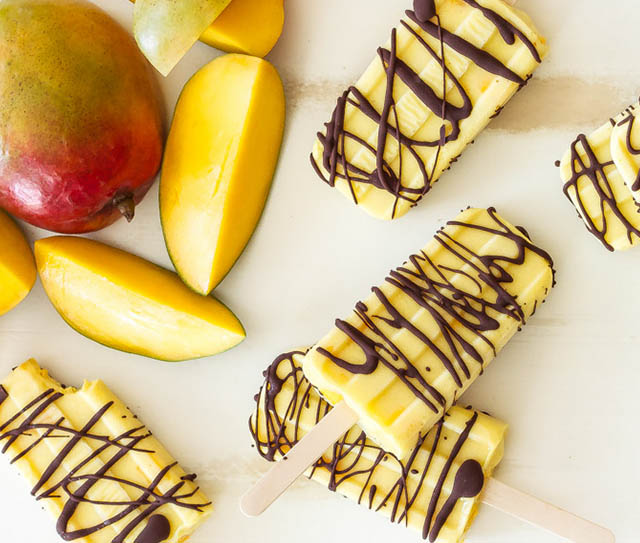

INGREDIENTS
2 mangos (about 2 pounds), peeled, pitted and cut into large spears, about 10 per mango
20 6-inch skewers
1 4-ounce semi-sweet chocolate bar
1 4-ounce white chocolate bar
1/2 cup red, white and blue sprinkles
INSTRUCTIONS
Insert skewers into bottom of mango pieces, place on parchment-lined baking sheet and place in freezer to chill, 30 minutes or up to overnight. Break chocolate bars into small pieces. Place semi-sweet chocolate in small bowl and melt in microwave, about 3 minutes, stopping to stir chocolate every 30 seconds. In separate bowl, repeat with white chocolate. Remove mango from freezer and dip halfway into warm chocolate, allowing excess to drip off of mango. Roll in sprinkles and return to baking sheet to allow chocolate to cool. Store in refrigerator until ready to serve.
NUTRITION
Nutritional analysis per serving: Calories 97; Protein 1 g; Carbohydrates 17 g; Fat 4 g; 6% Calories from Fat; Cholesterol 1 mg; Sodium 6 mg; Potassium 93 mg; Fiber 1 g
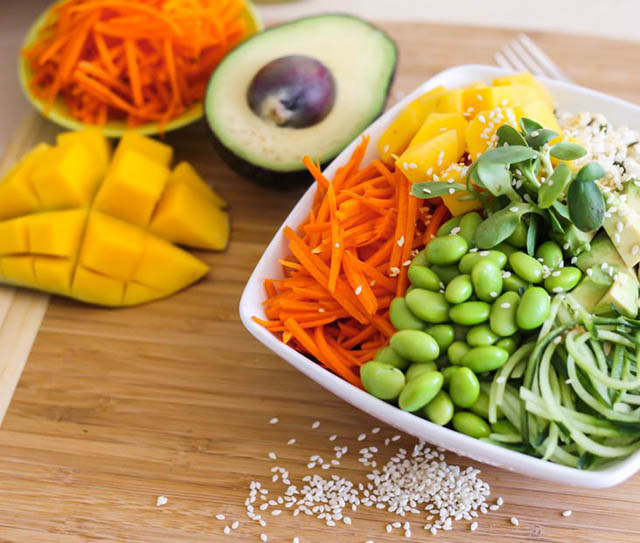

INGREDIENTS
1 cup white rice
1/2 mango, diced
1/4 cup red cabbage, sliced thin
Sushi grade salmon or tuna
1/2 small cucumber, sliced
1/2 avocado sliced
2 tablespoons shredded carrots
1 tablespoon scallions
1 small handful seaweed
INSTRUCTIONS
Assemble and serve!
Options:
Serve with spicy mayo: 1/4 cup mayo, 1 teaspoon-tablespoon sriracha. Serve with homemade sauce: 2 tablespoons coconut aminos, 1 teaspoon fish sauce, 1 teaspoon sesame oil, dash rice vinegar.
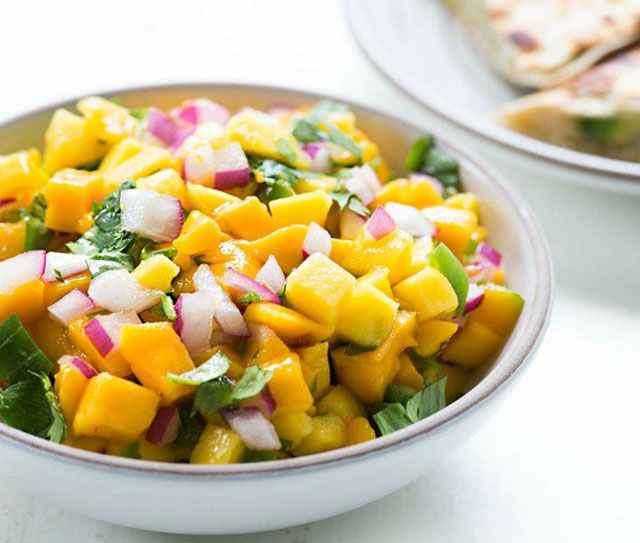

INGREDIENTS
2 large mangos, diced
1 jalapeno, finely diced
1/3 cup red onion, finely diced
1 small handful cilantro, finely chopped
1 lime, juiced
INSTRUCTIONS
Combine all ingredients, mix, and serve! Store in the refrigerator in an airtight container for 3-5 days.
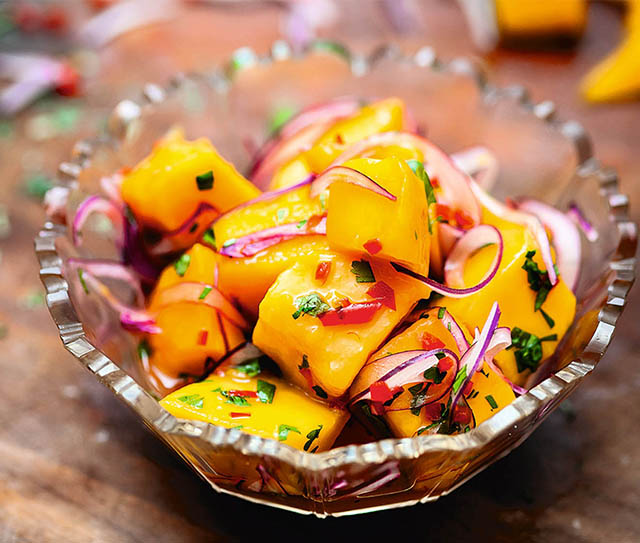

INGREDIENTS
1 lb Red Snapper
20 Limes
½ lb Scallops
1 ripe Mango
¼ Red Onion, sliced thin
3 Serrano Chile Peppers, sliced thin
1 bunch Cilantro, chopped fine
1 Jicama, sliced thin
INSTRUCTIONS
Cut the red snapper into small cubes. Squeeze the limes over the snapper and let marinate for about 45 minutes, stirring once after the first 15 minutes.
Slice the mango very thin, then chop into small cubes.
Discard most of the lime juice from the snapper. Slice the scallops into thin slices and add to the snapper. Add the mango cubes, red onion, serrano chile peppers, cilantro, and jicama to the dish. Toss gently to mix and season with salt. Portion into four bowls and serve with crispy corn tortilla chips.
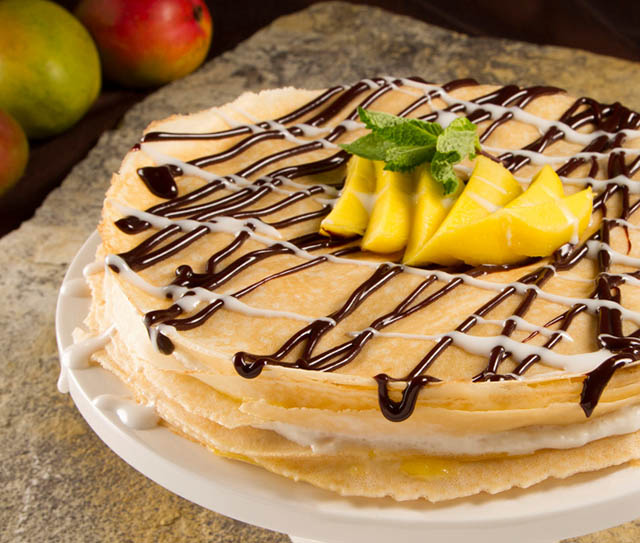

INGREDIENTS
2 ripe mangoes, chopped
2 limes, juiced (or about 1/4 cup fresh lime juice)
1/4 cup light coconut milk
1/2 cup water
Optional: a few pinches of sugar
9 plastic 3 oz. cups or popsicle molds
small wooden craft sticks
INSTRUCTIONS
In a high speed blender, puree all ingredients. Taste and adjust, adding more lime or a pinch of sugar if you like.
Pour into plastic cups or popsicle molds and freeze for at least 4 hours. After the first 2 hours, place the sticks into the partially frozen pops.
